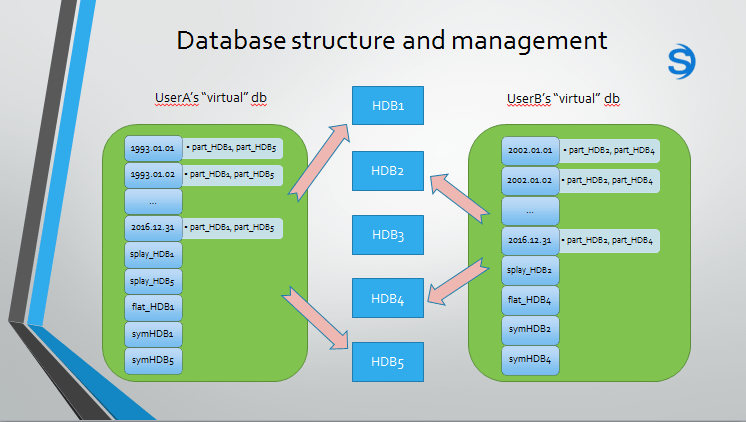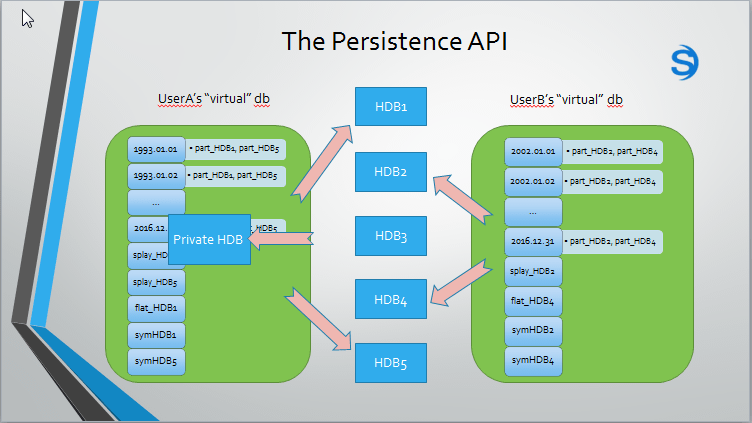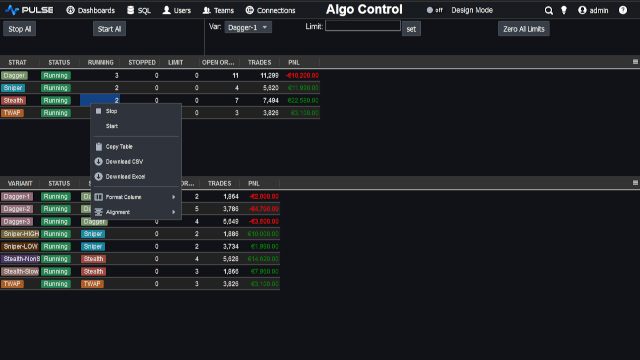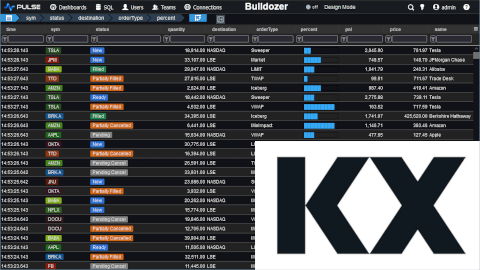Automated Data-Persistence in kdb
Terry Lynch presented a a system for allowing end users to upload their own data to kdb for storage in a safe and reliable manner. The below is a quick outline of his talk and a link to his powerpoint. I found it extremely interesting as I've seen the need for something like this a few places but never actually seen such a good solution built.
Background Information: The Schonfeld Environment
- A recently SEC-registered investment adviser (and once privately-held) trading and investment firm operating since 1988 under Steven Schonfeld
- Invests its capital with portfolio managers engaging in a variety of strategies including quant stat-arb, fundamental equity/relative value and tactical
- Adopted kdb+ in 2008 as part of a technological overhaul of ageing systems
- 40+ trading groups, many using kdb either in a direct or hosted capacity
- 50+ different datasets across all asset classes, all vendors, with deep history
- Multiple high-throughput tickerplants covering level1, level2 and newswires
- Almost 1 petabyte of data in kdb format and growing continuously
- Emphasis on using kdb as a driver of a shared research environment
Typical Database structure and management

The next challenge...
- Given this environment, and given that each user has unique data requirements, proprietary code and closely-held trade strategies, three challenges arise...
- How can a user persist their own (derived) data to this "virtual" db and do so in a manner which is optimal, safe, private and instantaneously visible in their vdb
- How can a user automate/schedule such derived datasets without oversight
- How can a user perform quality control tests to maintain integrity of this private data
- This results in the need for APIs/tools which can achieve the above by:
- Giving the user a certain amount of control but not too much control
- Performing various checks/optimisations under the covers transparently to the user
- Alerting the users of any data discrepancies based on custom pre-defined criteria
Persistence Api

The Solution...
Conclusion
- In summary, we have created three useful tools to enable non-expert kdb users to gain better use and more efficiency from the platform
- The persistence API, scheduler and quality control framework combine to form a private, safe, unified and controllable environment for our users
- It also helps to alleviate some burden from our in-house kdb development team by offloading data creation and maintenance to the users themselves
- This can also reduce the time it takes to set up new datasets in a production environment as the users do not need to rely/wait on our in-house team
- It allows users to maintain a level of secrecy by having direct and protected access to their proprietary q code, trading models and derived datasets
This presentation was by Terry Lynch


